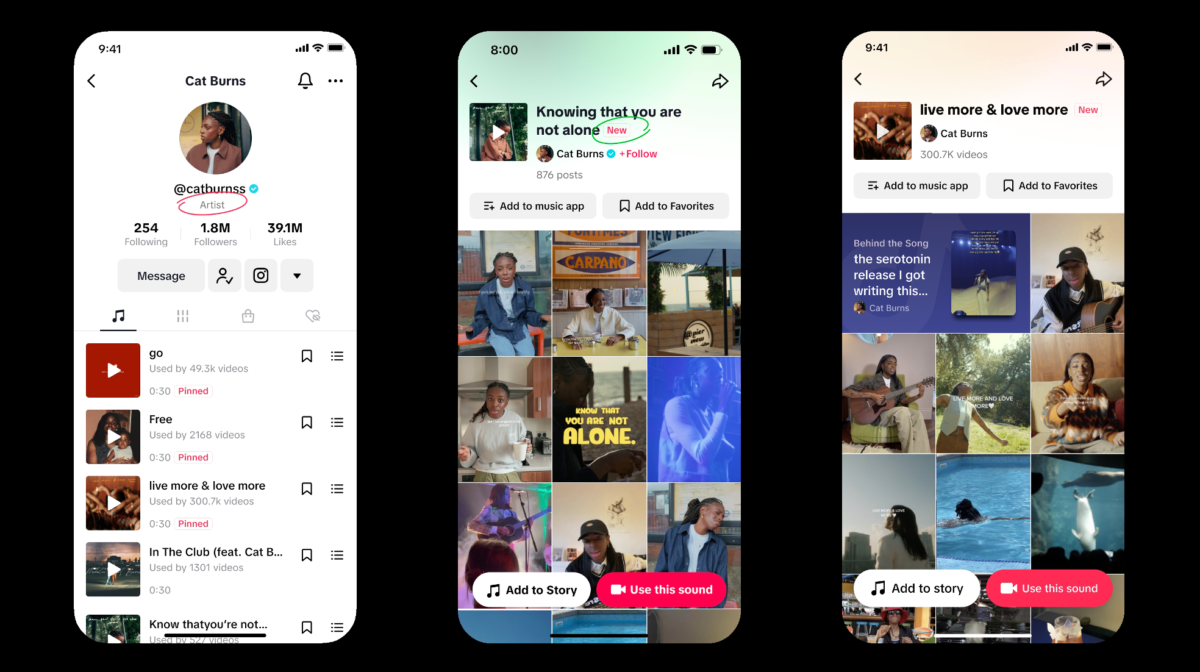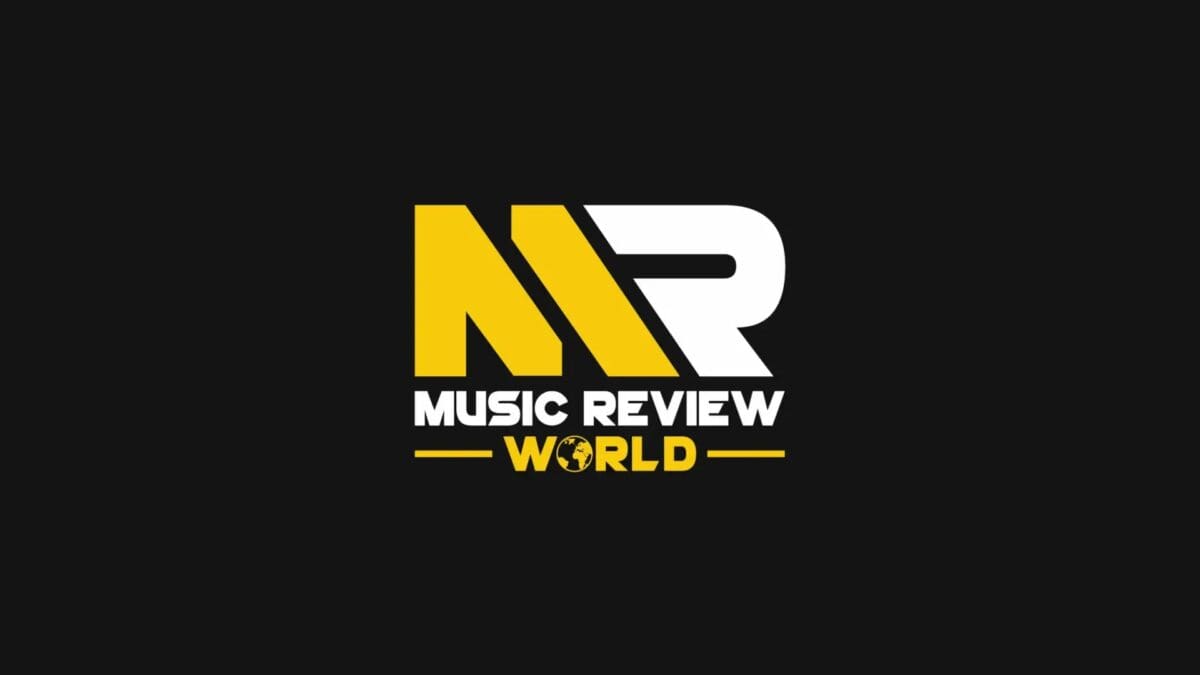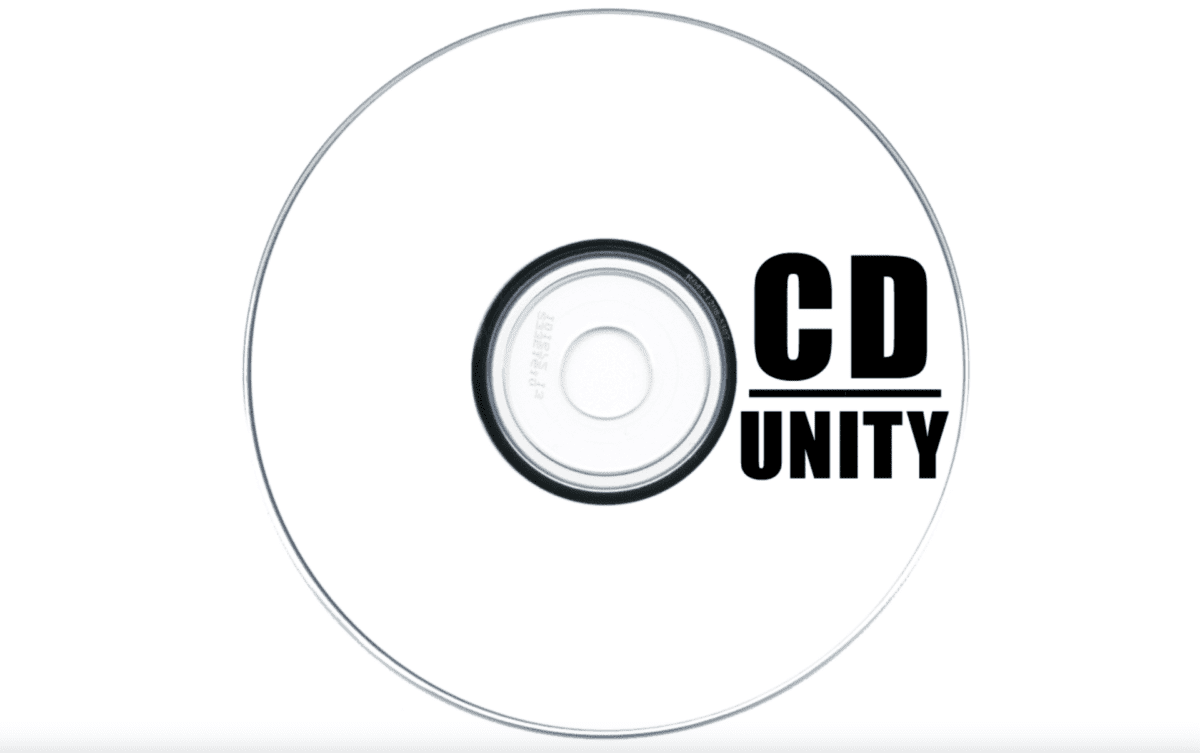Despite the growing trend of artists and producers self-releasing their music, and demo tape, and remaining independent, record labels still wield a lot of power when it comes to releasing new music. They tend to have better financial resources when it comes to practical things such as record producers, content producers, marketing teams, social media experts, publishing, and distribution.
Not to mention that the production and sale of records is their bread and butter, which means they are often pretty good at it. If you are at the point in your career where you are ready to start engaging with record labels with the hope that they will support you in releasing your music, you are probably wondering how to send a demo tape to a record label. In fact, you’ve probably even googled the phrase “how to send my demo tape to a record label”. Don’t worry, you are certainly not alone!

It’s a murky world to traverse but in this article, we will cover some best practices before sending your music out.
Be sure to stick around until the very end so you don’t miss any key information! Let’s get started.
How Do I Send A Demo Tape To A Record Label?
In this section, we will take a look at how to send a demo tape to a record label. Without further ado, let’s jump in!
1. Be Clear On What You Are Looking For

It’s really important to have a clear idea of what it is that you want a record label to achieve for you. Typically, the production and distribution (digital and physical) of records is a given but are you also looking for publishing to be a part of the deal?
Do you have a back catalog of music that is also on the table (and if it is on the table, are there any other interested parties that might put the brakes on the whole thing)? Are you expecting the label to provide a 360 deal that includes management, merch, live bookings, and other revenue streams?
And ultimately how much of the above are you willing to include in a deal? Some of these rights and assets are incredibly valuable and although they might not be bringing you an income today, it is possible that they could yield real dividends in the future.
Take Dolly Parton as an example: you probably know that she wrote Whitney Houston’s hit from the Bodyguard movie “I Will Always Love You”. What you might not know is that it was originally Elvis that wanted to record the song.
They had gotten quite far in the negotiations when Elvis’ label and management wanted the full rights to be incorporated into the deal. Dolly held strong, refusing to give up her intellectual property, and ultimately the deal fell through.
But she has made more money from that song because of the success it had further down the line with Whitney Houston than she ever would have made in the flat deal with Elvis.
2. Make Sure You Are Ready

This can be really hard to define. Especially when we’re talking about your own music because obviously, you think it’s good. However, there is some truth to the old expression that you only get one chance to make a first impression. With that in mind, think about where you are in your musical journey.
For the purposes of this blog, let’s assume that your songs are sophisticated and of high quality and that your songwriting is mature and ultimately really good. Put yourself in the shoes of an A&R rep at a label. If you’ve not come across that acronym before, A&R stands for Artist and Repertoire.
A&R
Back in the day, A&R would pair their artists with specific songs to record. In the modern era, the role has evolved to be focused on finding and signing new talent to the label. These are the guys who actually make the decisions about which artists get signed.
Our A&R person gets loads of submissions and tips every day, and they also have a number of other tasks in their day job. These directly relate to the artists they’ve already signed and getting them ready to send products to market.
They are in the business of signing bands and making a record for a cost. Then they sell that record to make more money than they have spent in putting the record together. So your stats matter and any A&R person worth their salt will be googling you if they like what they hear.
If you have low numbers of social media followers, poor engagement, and low streaming stats on platforms like Spotify or Soundcloud, it will mean that signing you is a bigger gamble than it would be if you are signing an artist with a proven fanbase.
This also applies to your visual identity online – your photos, website, and social media should look as professional as possible. If you are an uncut diamond, the label is going to have to do a lot of work to get you up to a standard they can sell to the public – but if you are pretty much the finished product, you are a safer investment for them.
3. Make Sure Your Demo Tape Sounds Great

Whilst it’s true that even a good song can shine through a poor recording, it’s important to understand that labels are receiving multiple submissions each day, the majority of which are going to be declined.
Therefore, it’s good practice to try to make sure that your demos sound good and that the production value is as high as you can make it. There will be lots of poorly-produced records in a label listening pile and a few that are well-produced. So being one of the better sounding ones will put you in a favorable position.
This doesn’t just apply to the production – it also applies to the performance. Make sure that the musicians playing on your record are playing well and are doing your song justice. This is so that it sounds great from the second the play button is pressed.
4. Make Sure You’re Sending The Right Demo Tape

First impressions are formed within seconds and most listeners will make a judgment on a song based on the first few lines. So make sure that the demos you are sending are your best work and that they get into a hook relatively quickly.
You want the listener to be engaged from the off and want to listen to more so sending a slow-burn track may not be the best strategy.
Along the same lines, don’t send loads of songs – just three or four of your best. If you pique the label’s interest they are going to want to investigate further. So, they will find your back catalog.
Finally, make sure that the material you are sending to the label is available and relevant. What I mean by this is that it is not already copyrighted by a third party.
Try to send only recordings that you own from your back catalog that could form part of a deal or new recordings that are currently not owned by another label.
The reason for this is that labels deal in selling assets – recordings – and if you send a demo for consideration and they see a commercial opportunity with that recording, discovering further down the line that someone else owns it can be a bar to a successful deal.
5. Do Your Research

Many labels specialize in a specific genre (or genres) of music. So it’s important to make sure that you are only approaching labels that work in the genre you are in. Rock labels have multiple connections and partners throughout the rock world.
As such, they are best placed to help you market your music directly toward the consumers that will become your fans. If you present them with a banging dance hit, they won’t have the infrastructure to successfully market that record to the right demographics; you’ll have wasted their time and your own.
So before sending a submission to a label, look at what other artists they’ve worked with. Try to establish if they will be interested in your music because you are in the same genre.
6. Check The Submission Policy

This is a really important one! Most labels have a demo submission policy. So make sure you spend some time on their website looking to find out what that is.
If they want you to send a CD in the post, do that. If they want streaming links, do that. Generally, you will find that if you submit music to a label in a format other than the format they have suggested in their demo submission policy, it will not be listened to.
If the label doesn’t specify a demo submission policy, there are a few rules of thumb that are good practice:
- Don’t send emails with attachments. They clog up email inboxes and most people are reluctant to open unexpected emails with attachments anyway. Instead send links to (well-known) streaming platforms that ideally don’t require a membership to listen – YouTube, Vimeo, Soundcloud, etc.
- Only make contact via direct channels. Don’t seek out the individuals on Facebook or Instagram and start messaging them on those platforms. Stick to the official email/phone number.
- Don’t chase too much. Make your first contact and then check on the label’s website to see if they have a policy about when you should chase. If they have a policy try to stick to that. After you’ve chased once, it’s best to leave it. A label may take some time to get around to listening to your demo and they get lots and in many ways, it is your music and your public-facing presence that will attract a label to sit down and discuss a deal. Pushing them to listen to your music will only make them feel pressured and count against you in the end.
Unsolicited Demos
Another thing to mention here is unsolicited demos. If you are researching labels, you will probably come across the phrase “we don’t accept unsolicited demos” quite a lot.
Put simply, an unsolicited demo is a demo sent to a label with no prior contact and not requested by the label. If a label specifies that they don’t accept demos out of the blue, don’t send anything. It will not get listened to if that is the policy.
If you are desperate for that label to hear your music, then your best strategy is to approach them via a manager or music lawyer or look for a different route.
7. Customise Your Approach

Never send a blanket email to a whole bunch of label reps. A better approach is to send individual messages to each label with relevant contact names and a personal message. Try to keep your emails concise while also listing your successes. This is so that the label accurately represents who you are.
It’s also a good idea to network with people in the industry as much as you can. If you can make an approach that’s along the lines of “We met at….” or “I believe you may have seen us perform at….” or “I was passed your contact details by our mutual friend XXXXX who suggested I reach out to you” – you will likely have some more success in the emails you are sending.
So try to network and make friends at all levels of the industry wherever possible.
8. Take Rejection On the Chin

Rejection is a huge part of this process, and labels will typically reject more submissions than they accept. Before Decca, 10 other labels passed on the Beatles. So don’t let the rejections get you down.
If a label does get back to you with a rejection, be sure to reply and thank them for taking the time to get back to you and for any feedback they give. This way you keep the door open for the future.
Now You Know How To Send A Demo Tape To A Record Label

The biggest takeaway here is that it is important to approach record labels when you are at the right point in your journey. And also when the labels can actually work with you in a way that benefits you as an artist and them as a business.
If you are at that point and are ready to send your demos to labels, then there are two other resources we can recommend. The Unsigned Guide is a great resource for artists that has contact details for labels (as well as other key music industry verticals) and information on their submission policies.
Beyond that, it is also worth keeping an eye on the Мusic Gateway opportunities which often feature A&R opportunities for artists. Мusic Gateway also has several services that can help artists refine their profiles to make sure that they are in the best possible position for a label to sign them and they have a management service that can support artists in making contact with the right label partners for their careers.
Have you submitted a demo tape to a record label before? We’d love to hear about your experience in the comment section below. If you know anyone who might find this article useful, why not share it on your social media? Be sure to tag us @musicgateway!
If you have songs that you want to share with the world – we want to help boost your career and get them noticed including marketing and promoting your music – and improving your streaming presence!
Additionally, check out our sync opportunities page to get your music in TV and Film. Try it out for free today by signing up as well as submitting your covers for Sync licensing representation.










